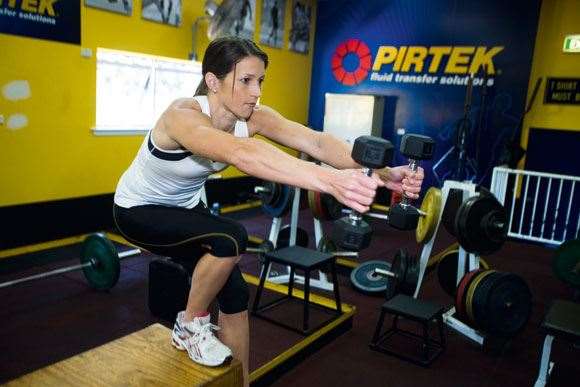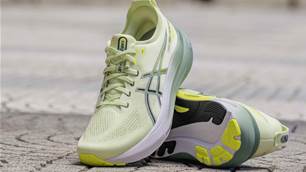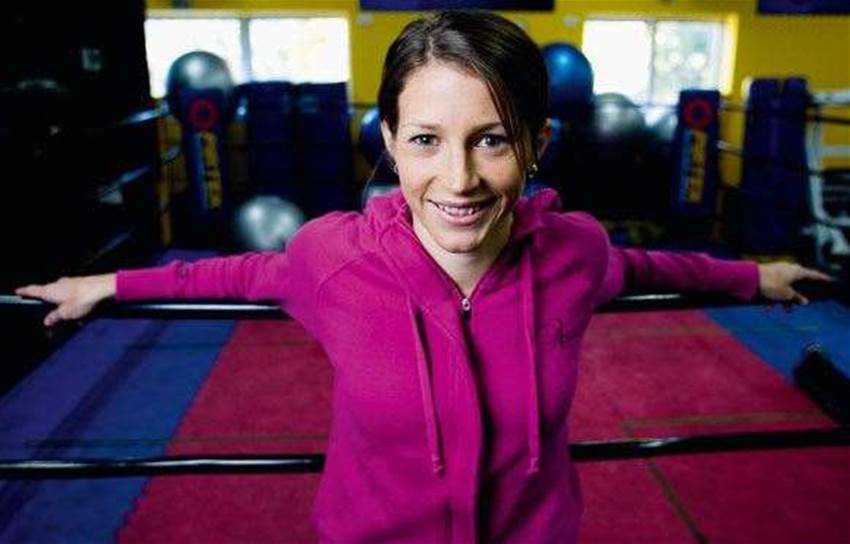Twelve months back, Hayley Butler was sitting on a couch watching Dani Samuels wheeling her way to World Championship gold in Berlin.
 Hurdle Training
Hurdle TrainingImages: Warren Clarke
Rubber legs
“People say to me, ‘You’re a hurdler, you should be able to do the splits ... ’ No – that’s not the case! I’m reasonably flexible but, particularly after having a baby, my hips are really tight. As you can imagine with hurdling – that’s not good. So I do a lot of static stretching after sessions and at night. I also do a lot of dynamic stretching before a session. For example, I’ll touch my toes, then walk my hands forward so I’m forming an upside down V shape, then I’ll walk my feet forward until I’m back in a standing position. I also do a lot of lunges and side lunges, or I’ll lie on my back and lift my legs and then rotate them from side to side. After I’ve done those dynamic stretches my coach will get me to do some trail-leg drills over a row of hurdles, just to loosen my hips up. I also go to physios and chiropractors, who get stuck in there.”
Track work
“At the start of each track session I’ll normally spend ten minutes doing drills – bounding, high knees, butt kicks, skipping, etc. After that – because I’m a hurdler, lucky me – I get to do more drills. So, my coach will put out a row of four hurdles, probably a foot apart, and I’ll do lead-leg, trail-leg, and through-the-middle drills. Basically, the focus is on rapid cadence, making my movements as fast and explosive as possible. It’s all about quick feet, snapping my legs over the hurdle. It’s actually quite dangerous! After that my coach will spread the four hurdles out on the track at a distance where I need to take five steps between each hurdle (in a normal race I’d take three steps). Then I do the same drills but with stretches of running between each hurdle. After that, we’ll take that drill-work and convert it into a race scenario. I’ll normally begin by concentrating on my start and the first hurdle. So, I’ll do four starts which include jumping that first hurdle. Then I’ll gradually add more hurdles until I’ve got eight on the track and I’m doing a full run-through.”
Fit the cycle
“We normally pinpoint the meet we’re working towards [at the moment, of course, it’s Delhi] and then we’ll work back in six-week blocks. I’ve just finished a six-week block of heavy strength work in the gym and conditioning work on the track. There was a lot of hill work and a lot of 300m and 200m run-throughs. I didn’t do any technical hurdling work in that block. I’ve now started another six-week block where my focus is still strength, but I’m now concentrating on turning that strength into power. In the gym, the workload is still heavy but I’m now starting to super-set that with some explosive work. On the track I’m doing a few short, fast sprint sessions with some technical hurdling work thrown in. After this block the work starts getting a lot lighter, a lot more explosive. Then we’re into the taper period for Delhi. In the gym it’ll be very light, very fast. On the track it’ll be two or three hurdles sessions with one speed session. I won’t be running anything over 50m in this phase. Basically it’s all feel-good stuff; exercises that make me feel fast, powerful and quick. If you feel good then you’ll be confident going into the race.”
– Aaron Scott
Related Articles

I was not born to run

Karrie calls for ‘more positive messages’ in golf













